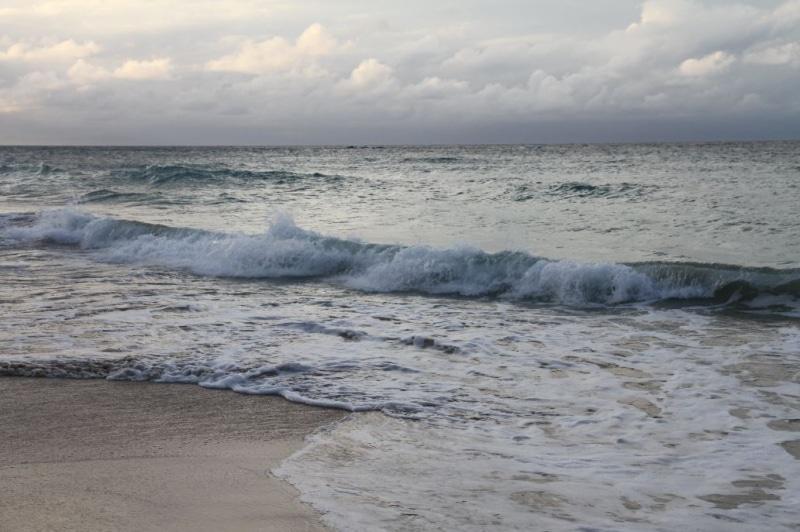Playa Jibacoa
Removed from Unnamed collection





Source: Sam Zoon Images may be subject to copyright. Learn More
Nestled along the north coast of Mayabeque, Playa Jibacoa is a hidden gem often favored by locals. This charming spot boasts a stunning blend of natural beauty: imagine a deep blue sea paired with majestic cliffs and rocky hills that house cozy resorts and well-maintained camping sites. It's a perfect retreat for anyone looking to escape the hustle and bustle.
The beaches here are renowned for their crystal-clear, shallow waters, making them a hotspot for both locals and tourists who love snorkeling right from the shore. If you're feeling adventurous, the scuba diving area just off the coast offers an underwater wonderland with vibrant coral reefs teeming with fish and shellfish.
For those who prefer to stay above water, there's a plethora of activities to enjoy. Whether you're into a leisurely hike, horseback riding, or even renting a paddle boat, Playa Jibacoa has something to satisfy your adventurous spirit. And if you're a fan of local culture, don't miss the chance to explore nearby towns that offer a taste of authentic Cuban life. Their colorful streets, lively music, and friendly locals make for an unforgettable experience. So pack your bags, grab your snorkel, and get ready for an adventure that promises both relaxation and exploration. Playa Jibacoa is waiting to share its secrets with you.
 Sam Zoon
Sam Zoon  Cuba
Cuba